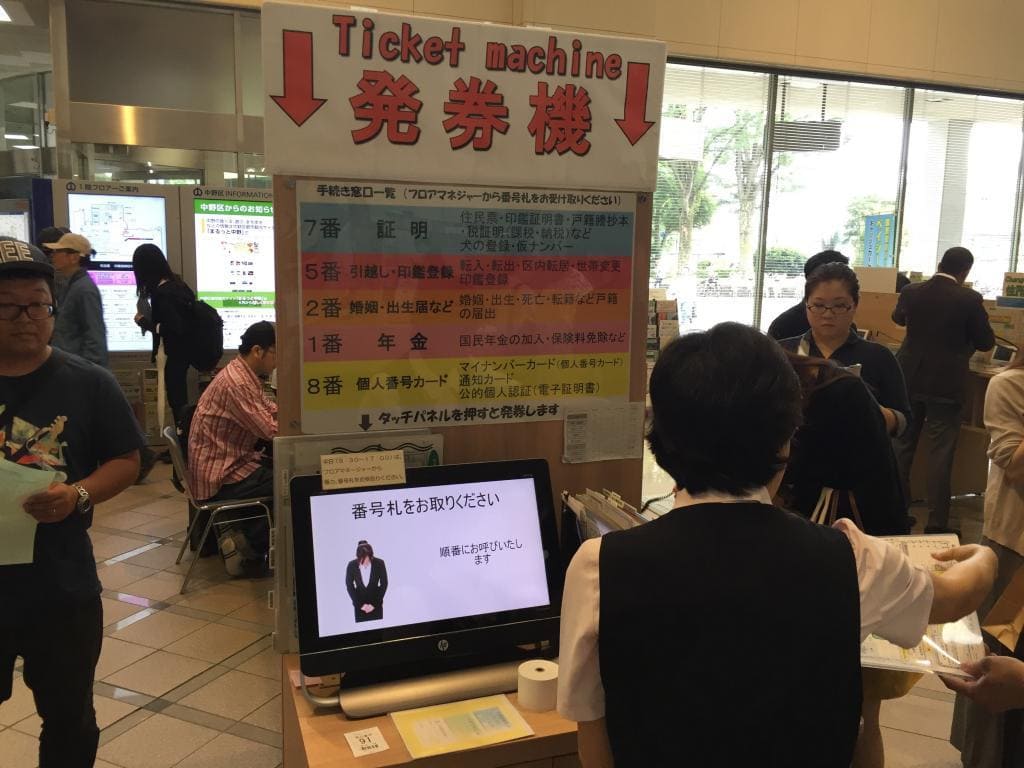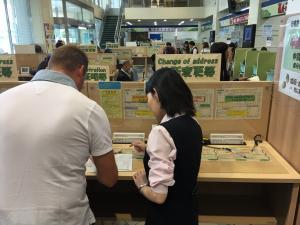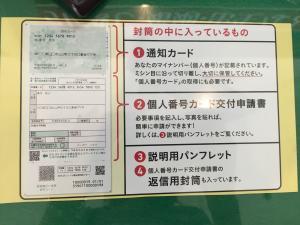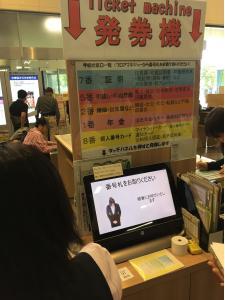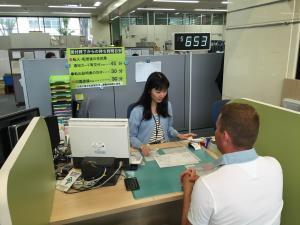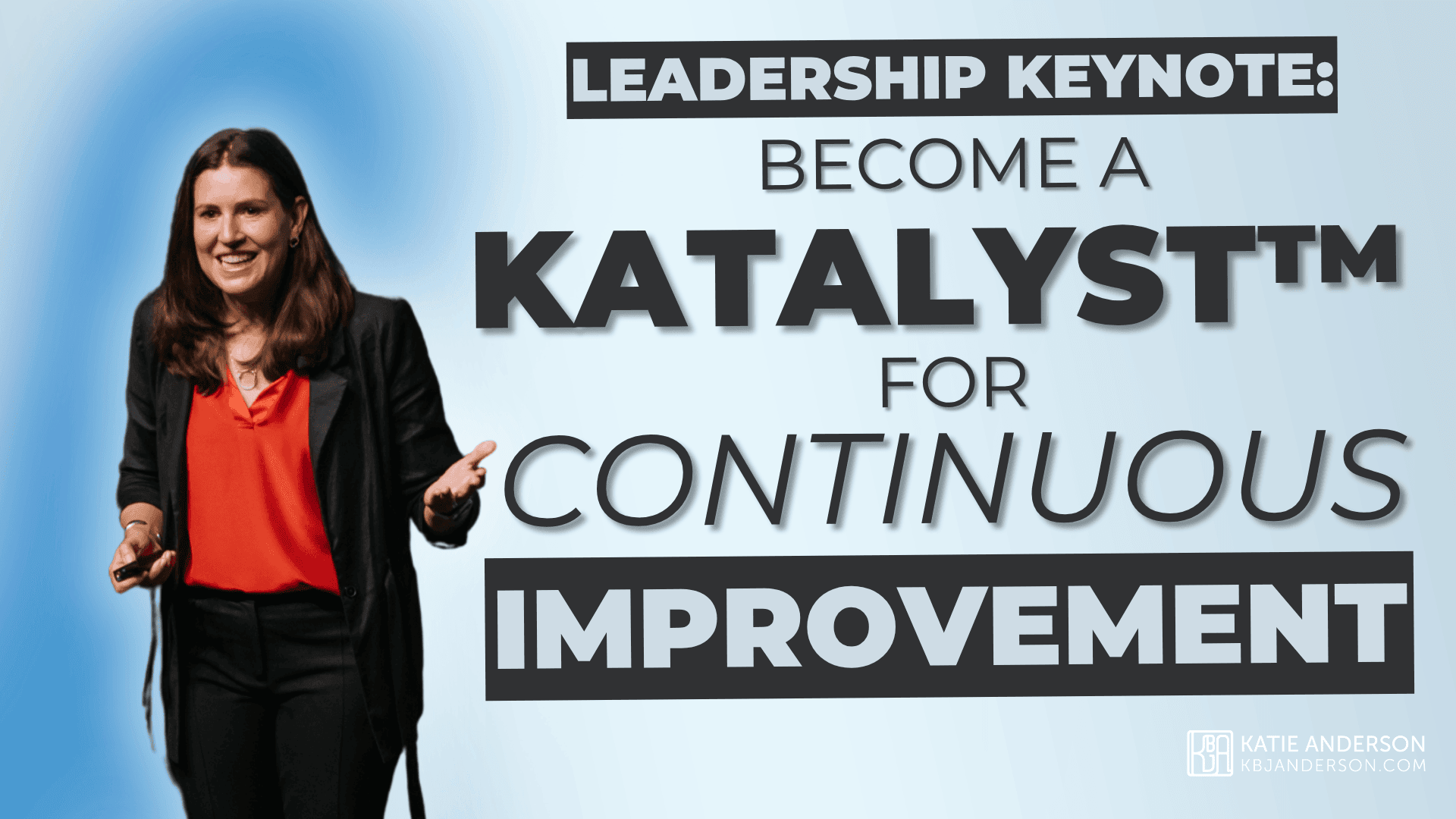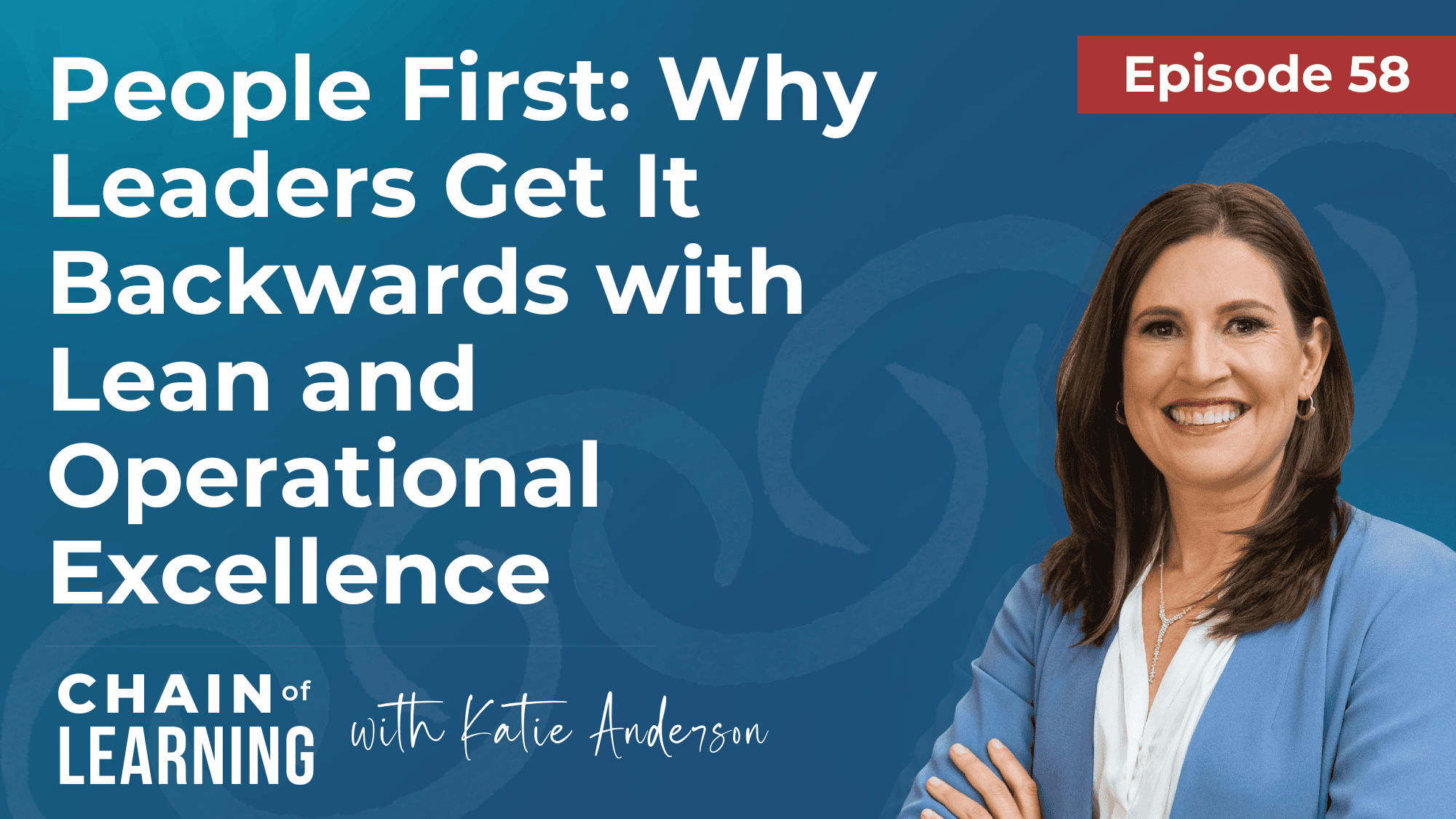In the first two posts in this series, I shared how the leaders of Nakano City, one of the 23 wards within the Tokyo metropolitan area, utilize kaizen (small continuous improvement) and kaikaku (large breakthrough improvements) as their method for developing their people to provide high levels of omotenashi (the Japanese concept of customer service).
In this third and final post in this series about Nakano City Ward Office, learn how General Services on the 1st floor have completely redesigned the flow of work putting the customer at the center of the process and their goals for ongoing improvement.
Read the first two posts in this series to learn about their Lean thinking philosophy and how they are applying concepts of flow and a visual workplace in a transactional service area focused on elderly constituents.
- Japan Gemba Visit: Lean Thinking in Government – Part 1 – Kaizen, Kaikaku & PDCA to improve customer service
- Japan Gemba Visit: Lean Thinking in Government – Part 2 – Kaizen and Kaikaku to improve service to elderly constituents
It was inspiring to learn how a government bureaucracy is focused on delivering excellent customer service (omotenashi) by creating a work culture where both big and smaller improvement ideas are encouraged and supported.
Thank you again to Tim Wolput of Lean Japan Study Tours for inviting me to join this special tour of Nakano City Ward and to a local dry cleaner (more on that is an upcoming post!) last June.
Improvement Example #2: General Services Area
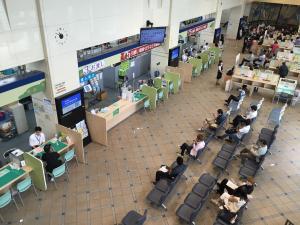
After visiting the 2nd floor and learning how they have completely redesigned flow of services for elderly constituents using principles of kaikaku and flow, we moved to the 1st floor to hear how they are using the these concepts to redesign flow and service in the General Services area.
General Services overview
General Services occupies the entirety of the 1st floor of the ward office and is the first point of entry for anyone visiting the government offices.
Mrs. Yuwarti, the 1st floor manager, and Mr. Nagata from the Kaikaku Promotion Department talked with us about how the General Services area has continually been improving and the major changes they recently they made, which resulted in a complete redesign of the experience for constituents.
Managing continuous improvement
Mrs. Yuwarti has 5 leaders that manage a total of 80 staff. She said that “everyone is trying to do improvement – it is part of all employees’ job”.
Kaizen: During 5 minute daily stand-up morning meetings with staff, the team discusses kaizen ideas. The team quickly reflects on the previous day and makes suggestions to make the current day better.
Kaikaku : Every year, the five project leads are responsible for determining the yearly plan for improvement and for checking monthly on how staff are progressing towards the goals. These goals require more innovation.
Kaikaku improvement – redesign how to provide service
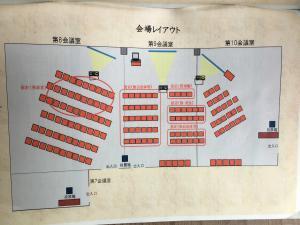
The significant innovation that the group came up with was to flip their mindset of how they interacted with the customers – the city’s constituents.
Previously, a constituent had to visit multiples areas of the 1st floor to get different services handled or to speak with various staff who managed different parts of the process.
In between going to the counter to talk with different staff, the constituent would have to walk back to the waiting area and sit there until the next person or counter was available.
Now, instead of constituents moving from counter to counter to complete the required steps for their request, employees rotate based on the services the customer requires and the customer remains in one location until their transactions are fully complete.
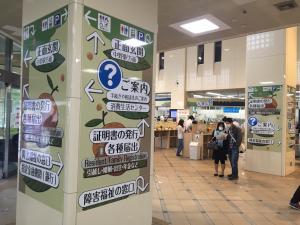
Ongoing improvements
Twice a year they also do an analysis of the overall 1st floor processes, including total lead time and cycle times of different steps, and the team looks at how they can continually improve their processes.
Next goal for improvement
Their goal for next year is an online appointment system that allows constituents to see levels of busyness so that they can register a specific appointment time at less busy periods if they are able.
Physical changes to support new workflow
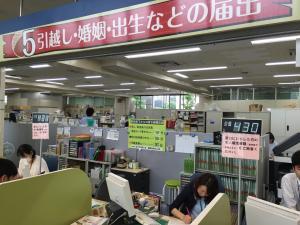
Major renovation was done to support the redesigned workflow including:
- Many rows of chairs in the waiting area were removed (see photos above)
- Some counters were lowered so that constituents can now sit down.
- Additional kiosks were installed where constituents can fill out forms and talk with navigators before their appointment or getting in line.
Visual environment to support the work
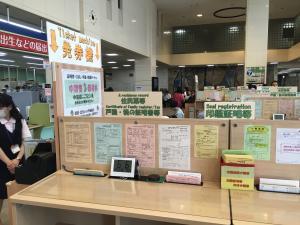
Employees use kanban signals internally behind the counter to manage their own workflows and handoffs behind the scenes.
Other visual cues such as color coding of forms to correspond with different services, large signs
Note: there is still a main walk up counter that handles some shorter workflows. I did not learn about this process on our visit, but you can see this process in my photos below.
Improving rework through providing navigation support
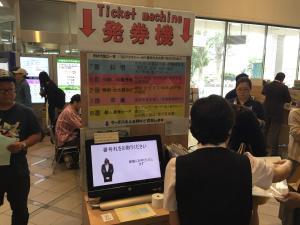
The Ward added navigation staff to the ground floor in 2010 to help assist constituents determine how to locate the services they need. (It sounded like this navigational support might have been the inspiration for the navigators now on the 2nd floor).
Mrs. Yuwarti noted that adding navigation staff had an unexpected benefit of decreasing the number of errors constituents made when filling out forms, which subsequently resulted in faster service time and less rework by constituent and employees.
Recently as an effort for ongoing support for non-Japanese speaking constituents, the City also introduced a handheld electronic tablet called a “virtual interpreter” to provide translation services.
Process Simulation
Mrs. Yuwarti offered for us to walk through the process flow and simulate what it would be like to come to Nakano Ward as a constituent in need of General Services.
We used an example of a new constituent coming to the Ward Office to register as a resident.
Target time
The current target lead time from arrival to service complete for registering a new resident is 30 minutes.
Step 1: Constituent arrives on the 1st floor and determines which forms are needed
The constituent walks into the ground floor and finds what forms are needed – can use the navigator to assist in determining services or in completing the forms.
Visual instructions at the counter to ensure that constituents fill out the necessary portions of the form accurately. The virtual navigator will also assist in translating this document for constituents who do not read or speak Japanese.
Step 2: Register for a number and wait
The constituent then registers for a numbered ticket and gets in the queue.
Step 3: Watch for ticket number to be called
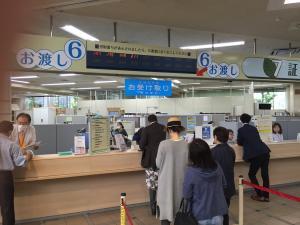
From the waiting area, constituents can watch for their number to be called up. There are also audible announcements.
Step 4: Go to counter when number called
The constituent goes to the counter and meets with a staff member to review their form and service needs.
Note the color coded forms behind the staff member who is assisting the customer – one of many examples of visual management utilized throughout the ward office.. You can see a larger photo of this color coding first post in this series.
Step 5: Constituent is registered
All steps needed to register the constituent as a resident of Nakano City are completed while seated in this cubicle area. If the staff person assisting the constituent needs anyone else to provide services, the staff person gets the appropriate staff and brings them to the constituent.
Step 6: Constituent departs
Hooray – the process is complete and hopefully is under the 30 minute target service time.
Outcomes
At the end of our visit, we asked Mr. Nagata of the Kaikaku Department what the measurable outcomes have been of their kaikaku, kaizen and omotenashi efforts.
Staff satisfaction
In response to our question if employee satisfaction had improved (employee satisfaction being one of their three goals), Mr. Nagata said that they haven’t yet done a staff survey to assess the impact of engagement in kaizen and kaikaku.
However, he said that over the past decade, the number of staff participating in kaizen, kaikaku and other omotonashi-related activities has increased “dramatically”. The Kaikaku Department uses this as a measure of the “revitalization” and engagement of employees.
Customer satisfaction
Mr. Nagata said that the 1st floor conducts two surveys a year to assess satisfaction of constituents. After the new navigator system was in place in 2010, they found an increase in constituent’s self-reported satisfaction and a decrease in the their level fear and anxiety about visiting the ward office or needing assistance from the City.
What do you think?
What do you think about how Nakano City is approaching kaizen and improvements in government? Please leave your comments in the area below.
Don’t miss out – sign up to keep learning
Sign up to be notified when I publish new posts about leadership, lean and continuous improvement in Japan, the U.S. and beyond.
I’m heading back to Japan next week and have some exciting experiences and meetings with Japanese lean leaders lined up!

